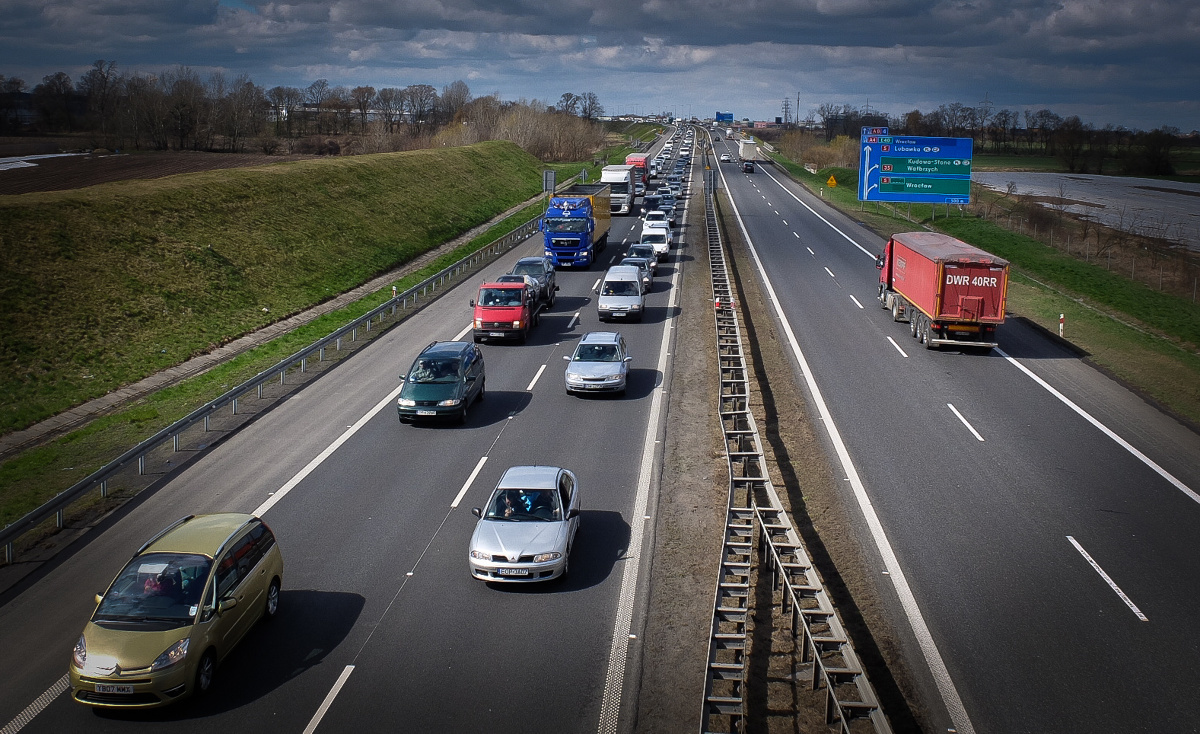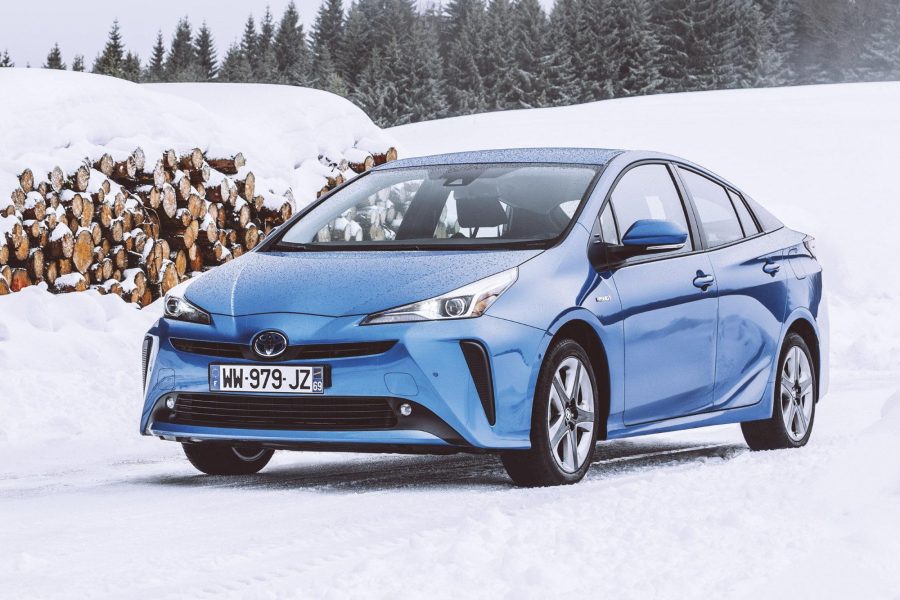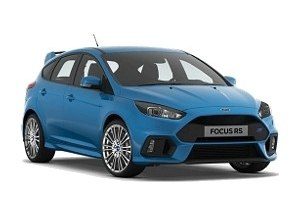
Highways. Most drivers make these mistakes
Content
 Not matching the speed to the prevailing conditions, not maintaining a safe distance between vehicles, or driving in the left lane are the most common mistakes seen on highways.
Not matching the speed to the prevailing conditions, not maintaining a safe distance between vehicles, or driving in the left lane are the most common mistakes seen on highways.
The length of highways in Poland is 1637 km. There are hundreds of accidents every year. What habits do we need to get rid of to be safer on the roads?
According to the General Directorate of Police, in 2018, there were 434 road accidents on highways, in which 52 people died and 636 were injured. According to statistics, there is one accident for every 4 km of roads. Their large number is a consequence of what experts have long paid attention to. Many Polish drivers either ignore the basic rules for safe driving on motorways or simply do not know how to use them correctly.
– CBRD data shows that almost 60 percent of drivers are affected by this problem. Bad habits, combined with high speed, unfortunately add up to bad statistics. It is also worth paying attention to the need for continuing education. Is it mandatory to ride the zip line and the corridor of life? Many drivers are unaware that, due to the planned changes to the traffic rules, they will probably soon have to apply these rules unconditionally. This knowledge is also related to safety, says Konrad Kluska, Vice President of Compensa TU SA Vienna Insurance Group, which together with the Center for Road Safety in Lodz (CBRD) is running the nationwide education campaign Bezpieczna Autostrada.
Highways. What are we doing wrong?
The list of mistakes made on motorways coincides with the causes of accidents. As many as 34% of accidents are due to speeding that is not adapted to road conditions. In 26% of cases, the reason is non-observance of a safe distance between vehicles. In addition, sleep and fatigue (10%) and abnormal lane changes (6%) are observed.
Too high speed and speed not adapted to the conditions
140 km/h is the maximum speed limit on motorways in Poland, not the recommended speed. If the road conditions are not the best (rain, fog, slippery surfaces, heavy traffic during the tourist season or during long weekends, etc.), you must slow down. It seems obvious, but police statistics leave no illusions - speed discrepancy affects motorways the most.
The editors recommend: an expensive trap that many drivers fall into
We often drive too fast, regardless of the conditions. We usually hear about extreme cases in the media, such as the driver of a Mercedes caught by the SPEED police team driving down the A4 at 248 km/h. But cars reaching 180 or 190 km/h are common on all Polish highways, notes Tomasz Zagajewski of CBRD.
bumper ride
Too high speed is often combined with so-called bumper riding, i.e. “gluing” the vehicle to the car in front. A highway driver sometimes knows what a car looks like when it appears in the rearview mirror, flashing its headlights frequently to get out of the way. This is basically the definition of road piracy.
Incorrect use of tracks
On motorways, we make a number of lane change mistakes. This happens at the stage of joining the traffic. In this case, the runway should be used. On the other hand, motorway vehicles should, if possible, move into the left lane and thus make room for the driver. Another example is overtaking.
Poland has right-hand traffic, which means that you must drive in the right lane whenever possible (it is not used for overtaking). Enter the left lane only to overtake slower moving vehicles or avoid obstacles in the road.
Another thing: the emergency lane, which some drivers use to stop, although this part of the motorway is designed to stop only in life-threatening situations or when the car breaks down.
– The above behavior refers to an immediate danger on the motorway. It is worth supplementing this list with the so-called. emergency corridor, i.e. creation of a kind of route for ambulances. The correct behavior is to drive all the way to the left when driving in the leftmost lane and all the way to the right, even into the emergency lane when driving in the middle or right lane. This creates space for emergency services to pass through,” adds Konrad Kluska from Compensa.
See also: Kia Picanto in our test

